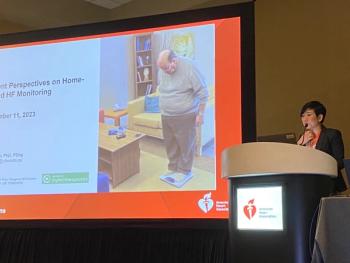
Home tool can help identify strep throat
Approach could save hundreds of thousands of visits annually
An at-home tool could potentially prevent 230,000 trips to doctors’ offices every year for suspected strep throat, according to a study online in Annals of Internal Medicine.
“Integrating real-time strep throat biosurveillance with two patient-reported symptoms can accurately identify low-risk patients who are unlikely to even be tested for strep throat,” says lead study author Andrew M. Fine, MD, MPH, pediatric emergency medicine, Boston Children's Hospital. “This approach could save hundreds of thousands of visits annually for patients with pharyngitis.”
Currently physicians use an office-based tool that takes into account symptoms and physical examination results to determine a person's risk for strep throat. If the risk is low, guidelines recommend against testing or treating the patient.
Dr. Fine and colleagues studied 71,776 people over age 15 who visited CVS MinuteClinics in six states for sore throats. They used patient’s medical records and strep test results to test a tool that calculated a home score. Patients without medical training can assign themselves a score based on two symptoms-fever and cough. The tool also takes into account how common strep throat has been in the person’s community during the past two weeks before calculating the home score.
Based on the recent, local epidemiology of strep throat and symptoms, the home score will provide a patient’s risk of strep, on a scale of 0 to 100. In this study, a patient with a home score of less than 10 was considered at low risk for strep throat. The researchers found that 90% of patients who scored below 10 on the at-home tool would have tested negative for strep throat. According to Dr. Fine, there would be 27 fewer doctors' visits for every one person with strep throat who was missed by the tool.
“Bringing local, recent epidemiology into the medical decision making process is something that can achieved on the local level,” says Dr. Fine, assistant professor of pediatrics, Harvard Medical School. “Our study provides an early example of how to apply local epidemiology to individual patients. This study shows how valuable it can be to have quantitative information about the local incidence of disease. This is especially important for a communicable disease like strep throat.
“Once validated prospectively, any health system that tests patients for strep throat, could use the local epidemiology to help drive the decision about whether patients need to be seen right away, or whether they can wait to see if they get better on their own,” he concludes.
Newsletter
Get the latest industry news, event updates, and more from Managed healthcare Executive.




